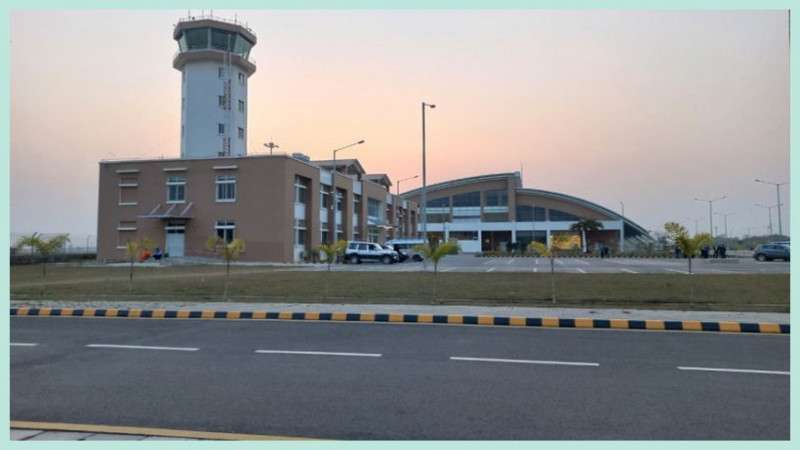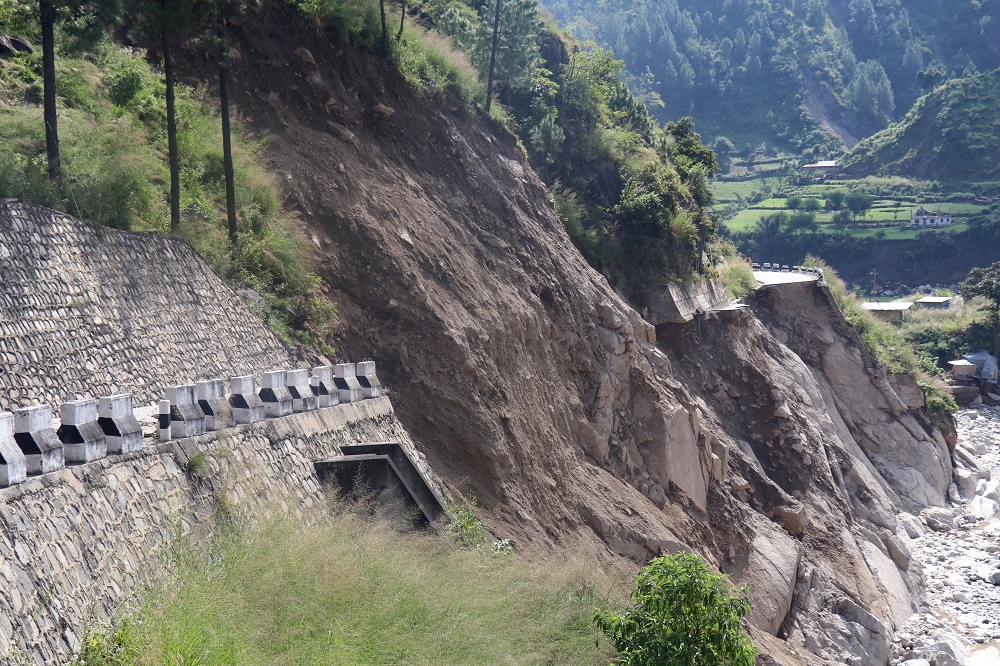December 18: According to a study conducted by Nepal Rastra Bank (NRB), the loan deposit ratio in the current FY has reached 81.2 per cent resulted by a raise in loan extensions compare to deposits of BFIs. As the ratio is above 80 per cent, the market may face liquidity problem in the near future. The ratio was of 77.8 per cent during the last FY. As per the study, areas other than Kathmandu have above 80 per cent such ratio, among which, Birgunj topped the list with 164.48 per cent loan deposit ratio.
In the review period, deposits of BFIs have increased by 20.2 per cent to Rs 1962.27 billion compare to 23 per cent growth in the last FY. Expansion of banking services providing easy and better accessibility to the general public and raise in remittance flow has caused the BFIs' deposit to escalate during the review period. Meanwhile, the loan extensions of the BFIs have increased by 25.4 per cent amounting to Rs 1593.57 billion during the period. In the last FY, such loan extensions had increased by 23.7 per cent.
Kathmandu, being the capital of the country has the best accessibility to BFIs. During the period, a total of 3,721 branches of BFIs are under operation. Among them, Kathmandu has the most number of branches of 1,051. As per the study, Dhangadhi has the least number of BFIs' branches with only 190 branches operating.
In the total deposit, Kathmandu contributes 68.1 per cent of the total deposits. Similarly, outside the valley, Pokhara topped the list with 7.6 per cent deposits collection. Likewise, Dhangadhi, being the least financial accessible area contributes only 1.6 per cent in the total deposits.
Moreover, BFIs have extended the highest loan amount to Kathmandu. In the total amount of loan, Kathmandu utilises 52.6 per cent of BFIs loans. Outside the capital, the BFIs have extended the highest loans to Birgunj of 11.6 per cent and the least loans to Dhangadhi of 2.7 per cent.



.jpg)









